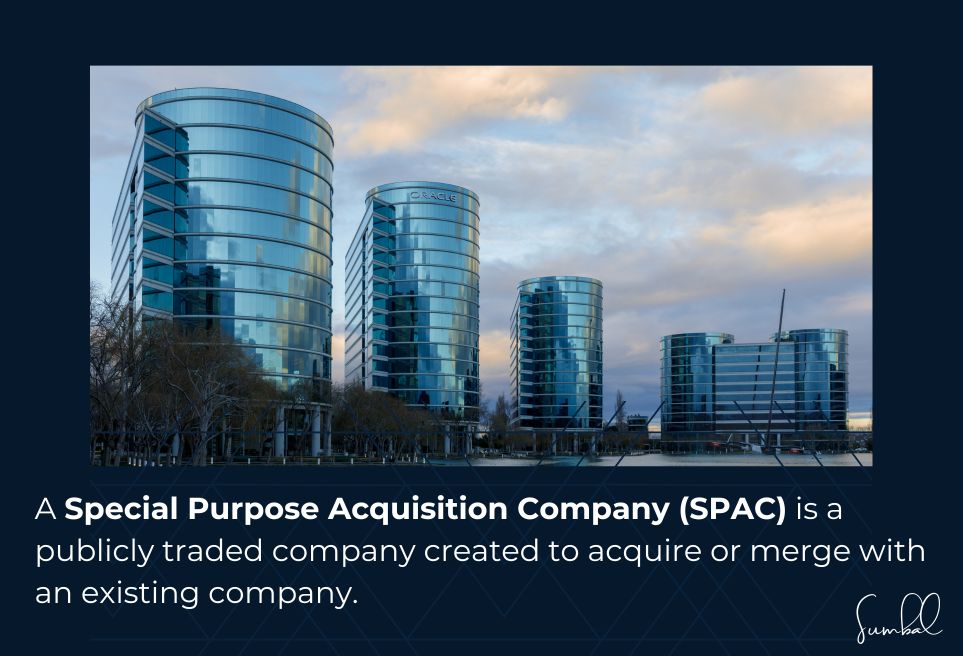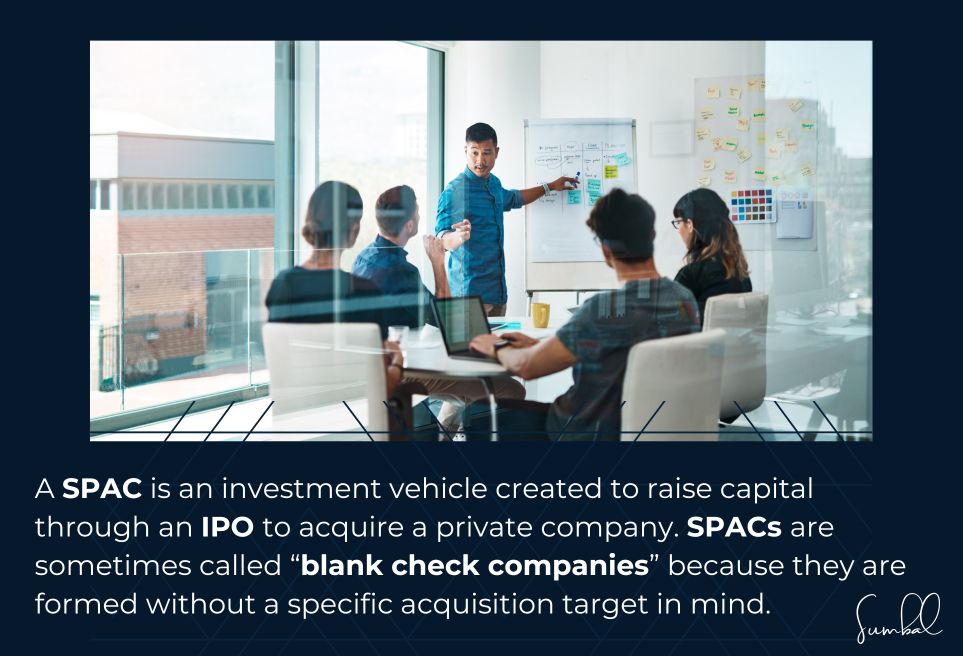In the current market, special purpose acquisition companies, or SPACs, have garnered more attention recently as a substitute for standard initial public offerings (IPOs) in terms of finance. Nevertheless, SPACs are advantageous to investors as well as private businesses preparing to go public. This article concerns general information about how SPACs work, their increase in usage, and the factors that contributed to their contribution to modern financial markets.

How a SPAC Works
- Formation and IPO
A sponsor, who may be a private equity firm, a collection of investors, or management, assists in the creation of a SPAC. To obtain money, the sponsor uses an initial public offering (IPO) to sell the shares to the general public. - Trust Account
The amounts generated during the IPO are invested in a trust, which means they cannot be spent on anything other than the merger or acquisition. - Target Selection
Actually, the SPAC has around 24 months to find a private firm that it wants to buy out or combine with. If no target company is identified and merged within this duration, then it is disintegrated, and the investors are returned their capital. - Merger or Acquisition
When an acquisition target is found, the SPAC merges with the private firm, making the combined entity public. - Post-Merger Operations
Once the merger is complete, the SPAC is dissolved, and the merger becomes a new company that trades on the market under its name.

Popularity of SPACs
Due to these conditions, more people have taken to using SPACs, which can provide several benefits over standard IPOs.
1. Speed and Ease
The old IPO process may be time-consuming, difficult, and expensive for investors. Compared to a conventional IPO, SPACs allow private companies to enter the stock market with less burdening regulation.
2. Certainty in Valuation
It is usually done using a traditional IPO methodology, in which the company's value is set based on market trends at the time of the offering. Unlike with a conventional IPO, the value is negotiated, usually between the SPAC and the target company; thus, it is less ambiguous.
3. Access to Expert Sponsors
Typically, SPACs are sponsored by experienced investors or businesspeople who can add significant knowledge or contacts. This can make them an attractive proposition for private sector organizations in search of a strategic plan.
4. Investor Appeal
The benefits of SPACs from the investor’s perspective include the chance to invest in a company before that firm is known. This speculative nature can be enticing, especially if the sponsor has a good track record of successful investment ventures.

Risks of SPACs
SPACs offer several advantages, but they also have certain risks:
- Uncertain Result: The SPAC's ability to find a suitable target firm within the allotted time frame remains uncertain.
- Dilution of Shares: Sponsors may be awarded a huge number of shares as consideration for their services, thus reducing the value per share.
- Performance Variability: Many of these mergers do not yield good companies that can operate publicly, and investors may lose their money.

The Benefits of a 529 Plan for College Savings

25 Real Estate Financing Secrets Every First-Time Homebuyer Needs to Know to Save Thousands

How to Start Socially Responsible Investing

Comprehending How Interest Rates Affect Personal Loans

Small-Cap vs. Large-Cap Funds: Where Should You Invest?

Top 4 Companies That Offer Zero Brokerage Trading

Family Wealth: Strategic Asset Allocation
